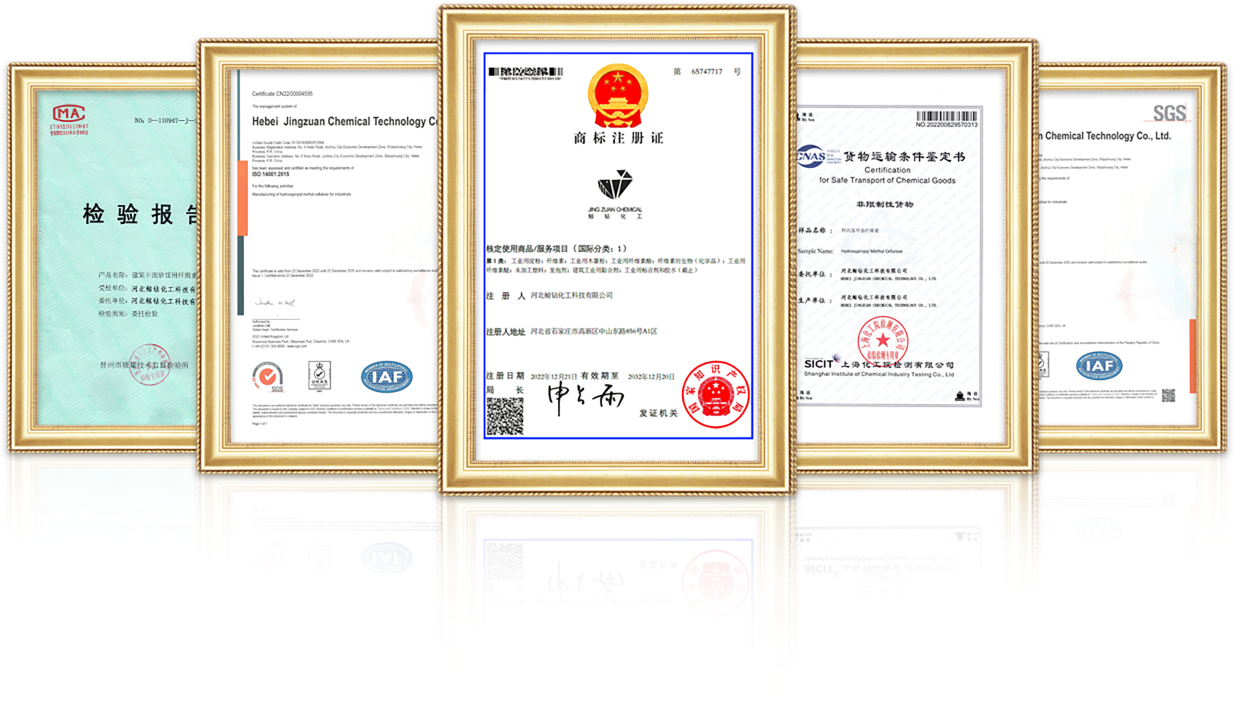
nov . 07, 2024 23:31 Back to list
HPMC Production Process and Applications in Various Industries
The HPMC Manufacturing Process Understanding Hydroxypropyl Methyl Cellulose
Hydroxypropyl Methyl Cellulose (HPMC) is a versatile and widely used polymer derived from cellulose. It has gained significant popularity across numerous industries, including pharmaceuticals, food, construction, and personal care products. The manufacturing of HPMC involves several sophisticated processes that ensure the final product meets the required specifications for various applications.
What is HPMC?
HPMC is a semi-synthetic polymer made by chemically modifying cellulose, a natural polymer found in the cell walls of plants. The modification involves substituting some hydroxyl groups on the cellulose chains with hydroxypropyl and methyl groups. This chemical alteration imparts unique properties to HPMC, such as solubility in both hot and cold water, thickening, gelling, and film-forming capabilities. These features make HPMC a valuable ingredient in many formulations.
The Production Process of HPMC
1. Raw Material Sourcing The journey of HPMC production begins with the sourcing of high-quality wood pulp, which serves as the primary raw material. This pulp must have a high cellulose content to ensure efficient conversion into HPMC. Sourcing is typically done from sustainable forests to comply with environmental regulations and support eco-friendly practices.
2. Cellulose Preparation The wood pulp undergoes several processing steps to produce pure cellulose. This involves mechanical and chemical treatments to remove lignin and hemicellulose, the substances that make wood rigid. The resulting product is a refined cellulose that is ready for modification.
3. Alkali and Etherification The purified cellulose is then reacted with alkali (usually sodium hydroxide) to create alkali cellulose. This step increases the reactivity of the cellulose, preparing it for the etherification process. In the etherification stage, the alkali cellulose is treated with an etherifying agent such as propylene oxide and methyl chloride, introducing hydroxypropyl and methyl groups onto the cellulose chain.
4. Neutralization and Purification After the etherification reaction, the mixture is neutralized, often with an acid solution. This step is crucial to deactivate unreacted etherifying agents and to dissolve the resulting HPMC. The solution is then purified through filtration to remove any undissolved materials or impurities.
hpmc-hydroxypropyl methyl cellulose factory

5. Drying and Milling The purified HPMC solution is dried, typically using spray drying or freeze-drying methods, to produce a dry powder. This powder can be milled to achieve the desired particle size, which is essential for ensuring uniformity in applications.
6. Quality Control Quality control is an integral part of the HPMC production process. Samples are taken from various batches and subjected to rigorous testing to ensure they meet industry standards. Parameters such as viscosity, solubility, and purity are analyzed.
7. Packaging and Distribution Once the HPMC is produced and passes quality control checks, it is packaged in moisture-proof bags or containers to prevent clumping and degradation. This packaging ensures that the product retains its properties during storage and transportation.
Applications of HPMC
The applications of HPMC are vast and diverse. In the pharmaceutical industry, it serves as a thickening agent, emulsifier, and stabilizer in various formulations, including gels, creams, and controlled-release drug formulations. In the food sector, HPMC acts as a food thickener, stabilizer, and a fat replacer in low-calorie products.
In construction, HPMC is used as a binder in dry-mix mortars, enhancing workability and adhesion. Additionally, in the personal care industry, HPMC is incorporated into hair care and skincare products for its excellent film-forming properties.
The Future of HPMC
As industries continue to evolve and seek sustainable solutions, the demand for HPMC is expected to rise. With advancements in production technology, manufacturers can optimize the yield and reduce environmental impact. Efforts toward sustainable sourcing and production practices ensure that HPMC remains a preferred choice in various applications.
In conclusion, the manufacturing process of Hydroxypropyl Methyl Cellulose is a complex yet fascinating journey that transforms natural cellulose into a multifunctional polymer. The ongoing innovation in HPMC production not only enhances its applications but also aligns with the broader goals of sustainability and efficiency within the industry. As demand grows, the HPMC market is poised for growth, driven by its versatility and essential role in modern formulations.
-
The Widespread Application of Redispersible Powder in Construction and Building Materials
NewsMay.16,2025
-
The Widespread Application of Hpmc in the Detergent Industry
NewsMay.16,2025
-
The Main Applications of Hydroxyethyl Cellulose in Paints and Coatings
NewsMay.16,2025
-
Mortar Bonding Agent: the Key to Enhancing the Adhesion Between New and Old Mortar Layers and Between Mortar and Different Substrates
NewsMay.16,2025
-
HPMC: Application as a thickener and excipient
NewsMay.16,2025
-
Hec Cellulose Cellulose: Multi functional dispersants and high-efficiency thickeners
NewsMay.16,2025







